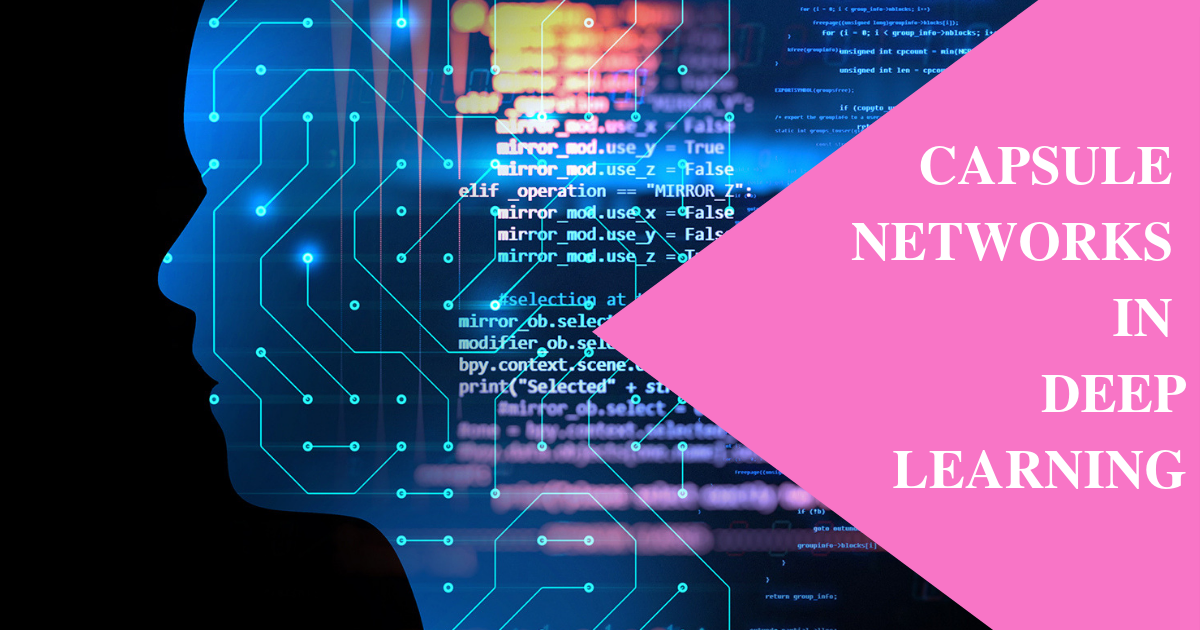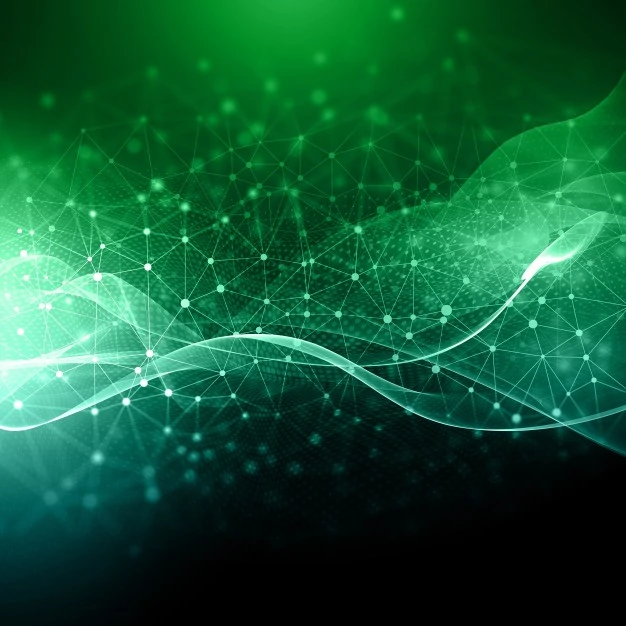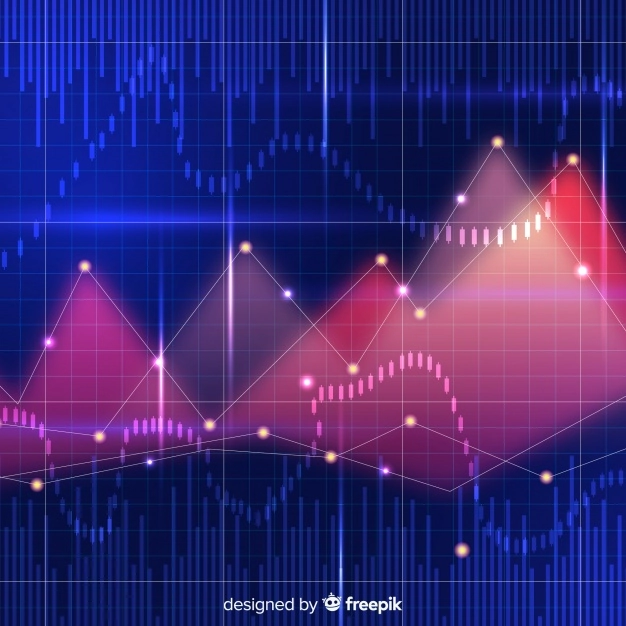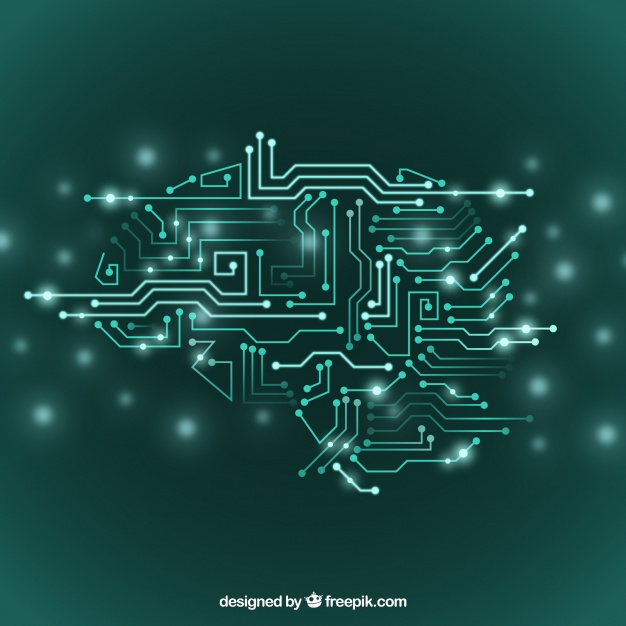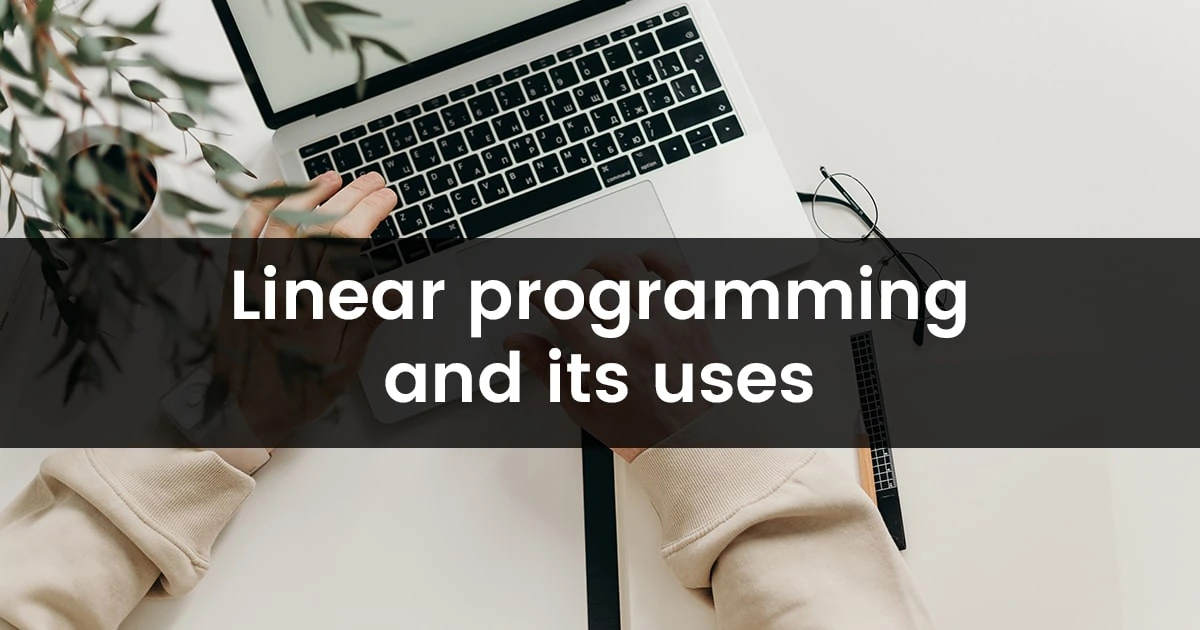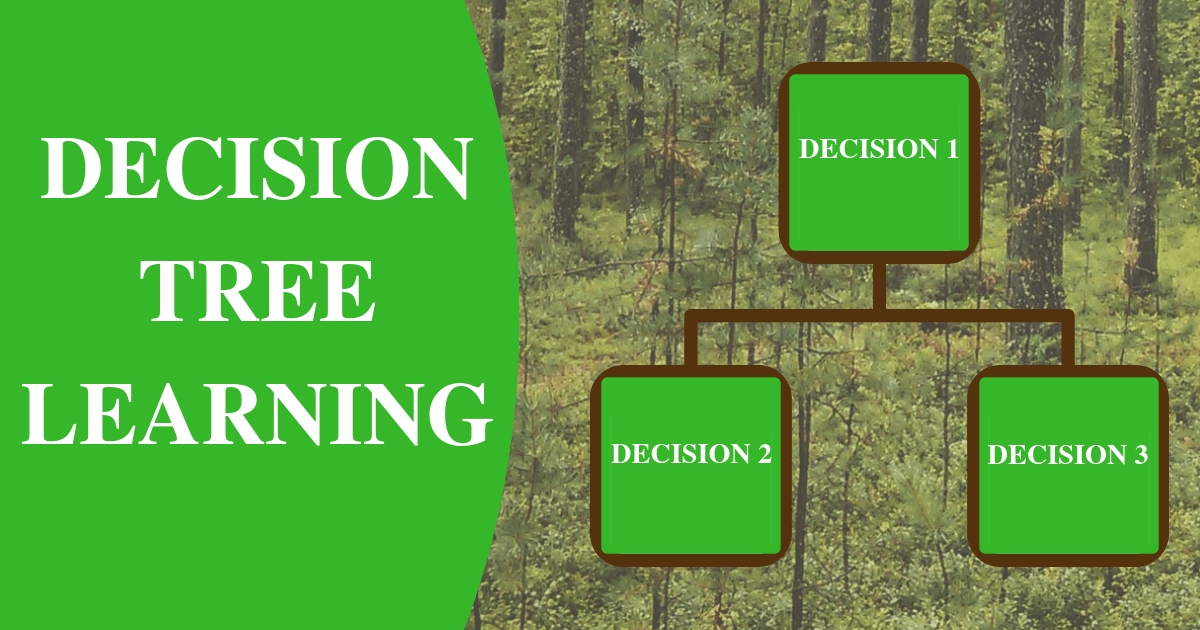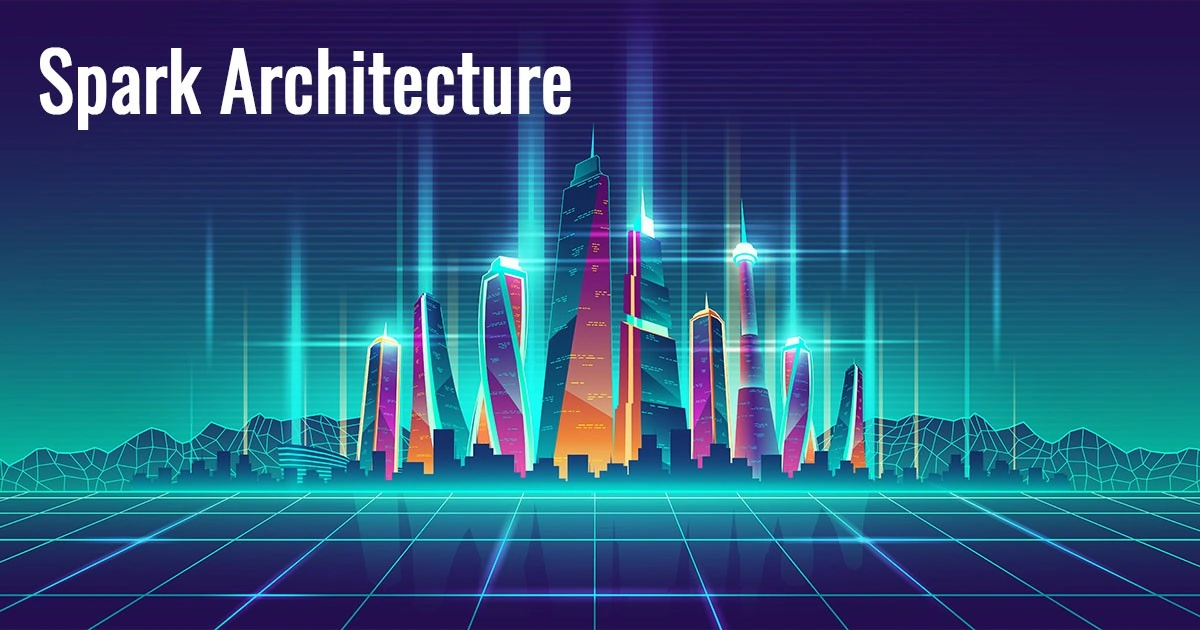What is Capsule Networks?
Capsule Neural Network is a machine learning system used to better model hierarchical relationships.
The Capsule Neural Network is commonly known as CapsNet. Therefore, it is defined as a neural net architecture that has a profound impact on deep learning. CapsNet especially works for computer vision.
In 2012, Geoffrey Hinton published a paper with two of his students, Alex Krizhevsky and Ilya Sutskever. The paper was titled ‘ImageNet Classification with Deep Convolutional Neural Networks’.
In the paper, he proposed a deep convolution neural network model named AlexNet. Later, he won first prize in a large-scale image recognition competition held in the same year.
AlexNet reduced the errors of Rank-1 and Rank-5 to 37.5% and 17.0% respectively. It was a significant improvement in terms of image recognition accuracy.
With this success, Hinton joined Google Brain, and AlexNet became one of the most classic image recognition models widely used in the industry.
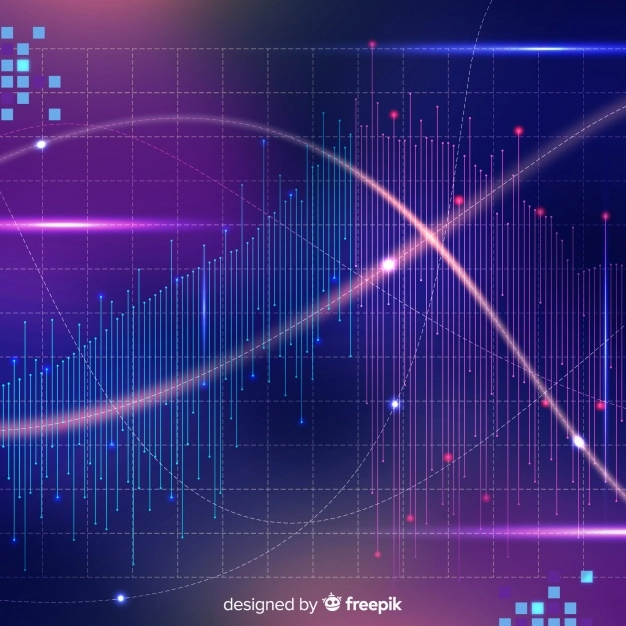
Definition of Capsule Networks:
In simpler terms, CapsNet is composed of numerous capsules. Each capsule is a small group of neurons that learns to detect a particular object. For instance, consider the object – a square, and it must lie within a given region of the image.
It outputs a vector (e.g., an 8-dimensional vector) whose length represents the estimated probability that the object is present. In addition, the orientation (e.g., in 8D space) encodes the object’s pose parameters (e.g., precise position, rotation, etc.).
If the position of an object is changed slightly (e.g., shifted, rotated, resized, etc.) then the capsule output will be a vector image. The image will be of the same length but oriented slightly differently.
A CapsNet is organized in multiple layers, very much like a regular neural network. The capsules in the lowest layer are called primary capsules. Each of them receives a small region of the image as input (called its receptive field).
It tries to detect the presence and poise of a particular pattern, for example, a rectangle. Capsules in higher layers called routing capsules, detect larger and more complex objects, such as boats.
What do Capsule Networks do:
The purpose behind Capsule Networks is to do computer vision as inverse graphics. In graphics, an object is represented through using a tree part. A specific rotation describes the transformation from the viewpoint of the part to the viewpoint of the parent.
CapsNets are inspired by these tree-like representations and try to learn transformations relating the parts of an object to the whole. Capsules may be viewed as parts/objects, with parent parts/objects that are also capsules.
Capsule Networks Hinton
Geoffrey Hinton was a leading British-Canadian researcher specializing in artificial neural networks. He was one of the first researchers to demonstrate the application of the backpropagation algorithm for training multilayer neural networks. This technique has since been widely adopted in the world of artificial intelligence.
Capsule Networks Hinton has become extremely popular among researchers across the world.
Geoffrey Hinton’s ace scientific article: “Dynamic Routing Between Capsules”, co-authored by his team (Sara Sabour and Nicholas Frosst). The article presents the architecture of types of neural networks, capsule networks, or CapsNets. However, the architecture is accompanied by an algorithm allowing the training of these new networks.
As fundamental innovations are rare, specialists are intrigued to see CapsNets as a major advance over convolutional neural networks (ConvNets). It’s extensively used for still and moving image recognition, recommendation systems and automatic natural language processing.
See the following video on Hinton’s Capsule Network.
ConvNets are used for many tasks because of the speed and perfection they offer. However, they have their own limitations and drawbacks.
For example, let us take the classic example of face recognition: detecting its oval shape, a pair of eyes, a nose, and a mouth indicates a very high probability of having to deal with a face. But the spatial distribution of these elements and their relationship between them are not really considered by the ConvNets.
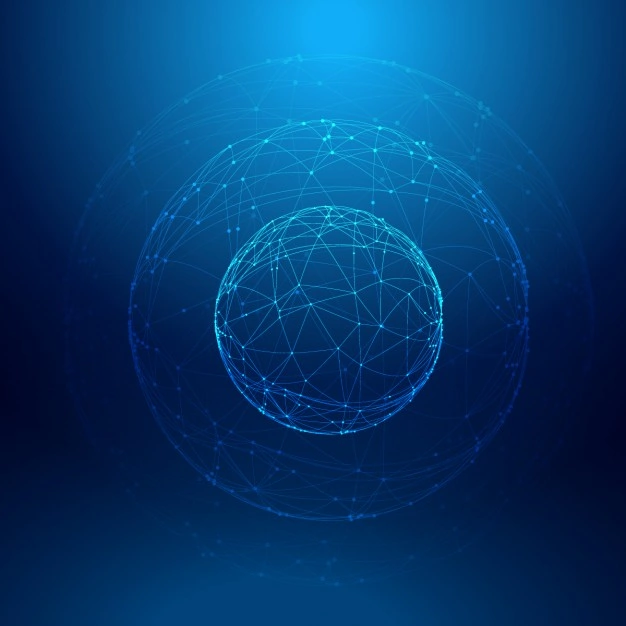
Capsule Networks Deep Learning
Deep Learning is an aspect of AI that is concerned with emulating the learning approach that human beings use to gain certain types of knowledge. In simpler terms, Deep Learning can be thought of as a way to automate Predictive Analytics.
The. traditional machine learning algorithms are linear. While Deep Learning algorithms are stacked in a hierarchy of increasing complexity and abstraction.
In conclusion, a CapsNet is composed of capsules and a capsule is a group of artificial neurons that learn to detect a particular object in a given region of the image.
It produces a vector whose length represents the estimated probability of the object’s presence. The object’s orientation encodes the object’s pose (“instantiation parameters” — position, size, and rotation).
If the object is slightly modified (for example, translated, rotated, or resized), the capsule will then produce a vector of the similar length, but a different orientation.
Thus, the capsules are equivariant. This means in cases of ConvNets where a small change in input has taken place will not produce a change in output (invariance).
Capsule Networks: Deeper Analysis
CapsNet is systematically organized in multiple layers. The deep layer is composed of primary capsules that receive a small portion of the input image. For instance, it attempts to detect the presence and placement of a motif, such as a square.
The top layer capsules are also known as routing capsules. These are capable of detecting larger and more complex objects.
Capsules communicate mainly through an iterative “routing-by-agreement” mechanism. A lower-level capsule prefers to send its output to higher-level capsules. Its activity vectors have a big scalar product with the prediction coming from the lower-level capsule.
“Lower level capsule will send its input to the higher-level capsule that ‘agrees’ with its input. This is the essence of the dynamic routing algorithm.”
Most experts working on Capsule Networks paper believe CapsNets to be an improvement on convolutional neural networks (CNN).
CapsNets try to solve the problems caused by Max Pooling and Deep Neural Networks. The problems may include loss of information regarding the order and orientation of features.
Example
For instance, a CNN used for face recognition will extract certain facial features of the image such as eyes, eyebrows, a mouth, a nose, etc.
Then the higher-level layers (the ones deeper down in the network) will combine those features and check if all of those features were found in the picture regardless of order.
The mouth and nose may have switched places and your eyes can be sideways in the picture, but CNN can still put together the facts and classify that as a face. This problem exacerbates the deeper your network gets as the features become more and more abstract. It may also shrink in size due to pooling and filtering.
The idea behind CapsNets is that the low-level features should also be arranged in a certain order for the object to be classified as a face.
This order is determined during the training phase when the network learns not only what features to look for but also what their relationships to one another should be.
For instance, it might learn that your nose should be between your two eyes and your mouth should be below that. Images with these features in the specific order will then be classified as a face, everything else will be rejected.
CapsNets is in a nascent stage. But capsule networks have already put a big step forward in remedying the traditional shortcomings of ConvNets.
The publication of “Dynamic Capsule Routing” has led many researchers to work intensely towards refining algorithms. Their implementations, and advances have been published at a rapid pace.
Advantages of using CapsNets for Deep Learning:
CNNs (convolutional neural networks) is one of the best reasons why Deep Learning is so popular today. Some of the advantages of using CapsNets for Deep Learning:
- CapsNets are capable of generalizing using much less data in contrast to ConvNets which require a large amount of reference data for the training phase
- These never lose information between layers, unlike ConvNets.
- CapsNets can provide the hierarchy of characteristics found, for example, these lips belong to this face. However, the same operation with a ConvNet involves additional components.
Future of Capsule Networks: a friend for Deep Learning
Capsule Networks have introduced a new building block that can be used in Deep Learning to better model hierarchical relationships inside of internal knowledge representation of a neural network.
To know more about Capsule Networks deep learning, look up for critical essays on CapsNet models for Deep Learning.
You may also lookup for Capsule Networks paper for expert discussions on Deep Learning and CapsuleNets with Python codes. Also, read papers that contain discussions on Hinton’s Capsule Networks.
A Career in Deep Learning and Capsule Networks
Are you interested in a career in deep learning? Does researching about Capsule Networks interest you? Do you want to delve deep into Capsule Networks deep learning or Capsule Networks Hinton? Then you go for a career in Capsule Networks research.
The exponential rise of data has led to an unprecedented demand for Big Data scientists and Big Data analysts. Enterprises must hire data science professionals with a strong knowledge of Deep Learning and Big Data applications.
However, there is a sharp shortage of data scientists in comparison to the massive amount of data being produced. This makes hiring difficult and more expensive than usual.
You might be a programmer, a mathematics graduate, or simply a bachelor of Computer Applications. Students with a master’s degree in Economics or Social Science can also be a data scientist.
Frame your career now!
Take up a Data Science or Data Analytics course to learn Data Science skills and prepare yourself for the Data Scientist job.
Digital Vidya offers one of the best-known Data Analytics courses for a promising career in Data Science. Industry-relevant syllabuses, pragmatic market-ready approach, hands-on Capstone Project are some of the best reasons for choosing Digital Vidya.
In addition, students also get lifetime access to online course matter, 24×7 faculty support, expert advice from industry stalwarts, and assured placement support that prepares them better for the vastly expanding Big Data market.
